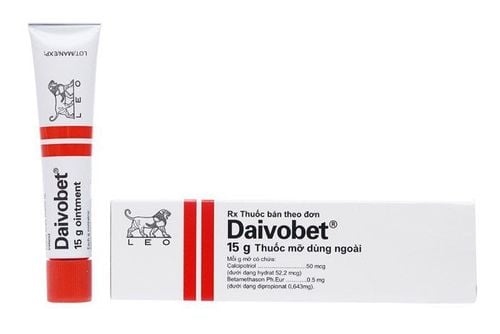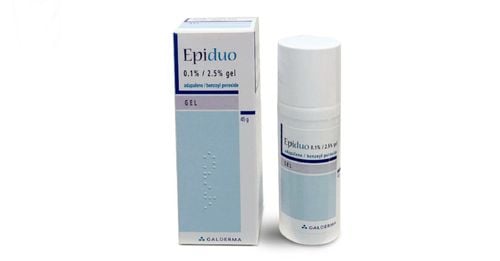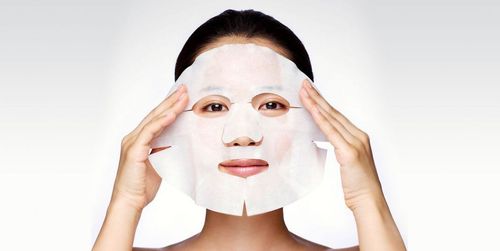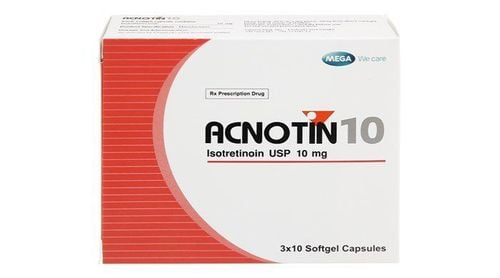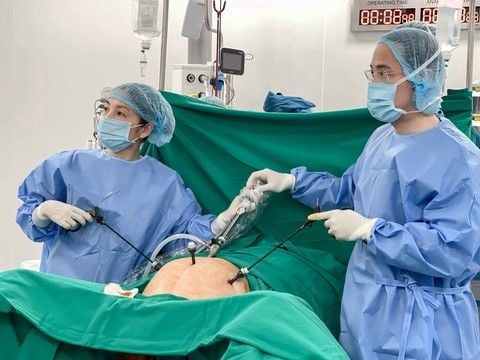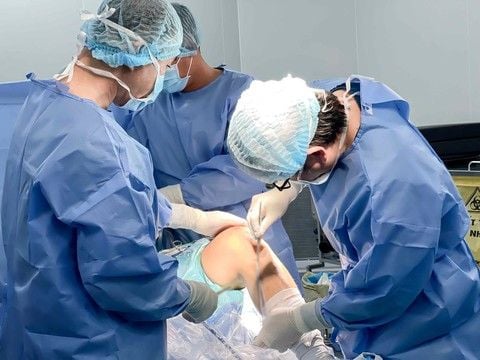Blackheads are a mild form of acne, resulting from the clogging of hair follicles on the skin. Extracting blackheads is a method to address this condition. However, it is essential to follow specific guidelines to avoid more severe consequences.
1. Accurately Identify Blackheads
The small black dots you observe on the bridge of your nose or on the cheeks may not necessarily be blackheads; they could be sebaceous filaments accumulated in the pores. If these are merely sebaceov us filaments, attempting to extract them may result in skin damage. Moreover, this action could lead to skin infections. Furthermore, those sebaceous filaments do not get entirely removed, as sebum accumulation on the skin will recur.
Blackheads form due to dirt and sebum accumulation in the pores, causing obstruction. They typically have a protruding head that is black and firm. The longer blackheads remain, the larger the pores can become, resulting in skin texture irregularities and aesthetic concerns. If you are certain the issue your skin is encountering involves blackheads, you may proceed with extraction. Nonetheless, it is imperative to understand the method of extraction that minimizes bruising and ensures safety, preventing scarring post-extraction.
2. Method for Extracting Blackheads
To extract blackheads from the nose or any facial area, it is advisable to soak in a warm shower or bath. This steaming process helps relax the pores and facilitates their opening, thereby easing the extraction procedure. Once you are prepared, execute the following steps:
- Wash Your Hands: This step is crucial to prevent infection in the dermis, where bacteria can easily become trapped. You may also wear rubber gloves before extracting the blackheads.
- Gently press around the blackhead using your fingertips. You should employ clean tissue or gauze to create a barrier between your fingers and the blackhead.
- Apply gentle pressure with your fingers around the blackhead. Aim to extract the entire blackhead in one motion, adjusting the pressure and angles as necessary, but avoid pressing too hard to the extent of abrading or bruising the skin.
- Completely expel the blackhead core. If you cannot completely remove the core, allow time for the skin to recover before attempting again.
- Clean the skin area you have just extracted using toner or an astringent. You may also apply a small amount of witch hazel toner to the newly treated area. This helps eliminate harmful bacteria and alleviates residual sebum in the pores.

It is important to avoid placing your hands on the newly extracted blackhead area before it has healed. Any dust or irritants that come into contact with the skin during this period can result in the formation of new blackheads. Aside from manual extraction, you can utilize blackhead extraction tools, which are typically made of stainless steel and have one end designed with a small circle. However, this method is not necessarily safer than manual extraction. The safest solution remains to consult professionals in cosmetology for blackhead extraction.
3. Treatment Options for Blackheads
You may also consider using products such as pore cleansing strips, retinoids, or cleansers containing salicylic acid. However, using pore-tightening strips may strip the skin of its natural oils, leading to irritation and dryness.
It is essential to remember that most blackheads arise due to excessive sebum production. Even if you find a product that effectively eliminates blackheads, they will likely recur unless the underlying cause is addressed. For stubborn blackheads, consulting a dermatologist for treatment options is advisable.
4. Preventive Measures for Blackheads
Proactive measures in preventing blackheads and properly caring for your skin are critical for achieving clear, blemish-free skin. Some preventive strategies include:
4.1 For Individuals with Sensitive or Dry Skin Prone to Peeling
- Gently exfoliate daily using a mild exfoliant or dry brush. This helps remove dead skin cells that clog the pores.
- Use a fragrance-free moisturizer to maintain skin hydration.
- Stay well-hydrated by drinking sufficient water throughout the day to promote healthier skin.
- Properly cleanse the skin of makeup before sleeping. A gentle cleanser such as micellar water or cucumber-extract cleansing wipes can provide hydration while cleansing the skin.
4.2 For individuals with oily skin
- Apply clay masks to absorb excess oil on the skin, contributing to a smoother texture;
- Utilize products containing salicylic acid or benzoyl peroxide for skincare. These agents can dissolve sebum and excess oil, preventing the occlusion of skin pores;
- Create a homemade exfoliating mixture using baking soda to extract oil and tighten pores;
- Employ retinoid creams or serums for skin hydration. It is important to note that this component may increase the skin's sensitivity to ultraviolet radiation, thus it is recommended to apply sunscreen when exposed to sunlight.
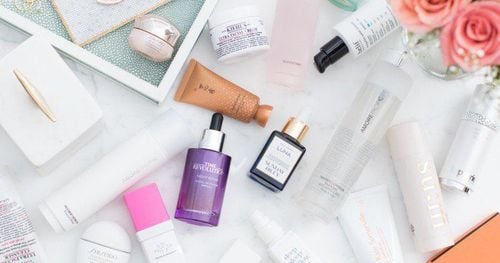
In certain instances, the extraction of blackheads may be safe for most individuals. However, one should not develop a habit of self-extraction. If there is a significant recurrence of blackheads, it is advisable to consult a dermatologist to address them with more enduring treatment methods.
Source: healthline.com
To arrange an appointment, please call HOTLINE or make your reservation directly HERE. You may also download the MyVinmec app to schedule appointments faster and manage your reservations more conveniently.

